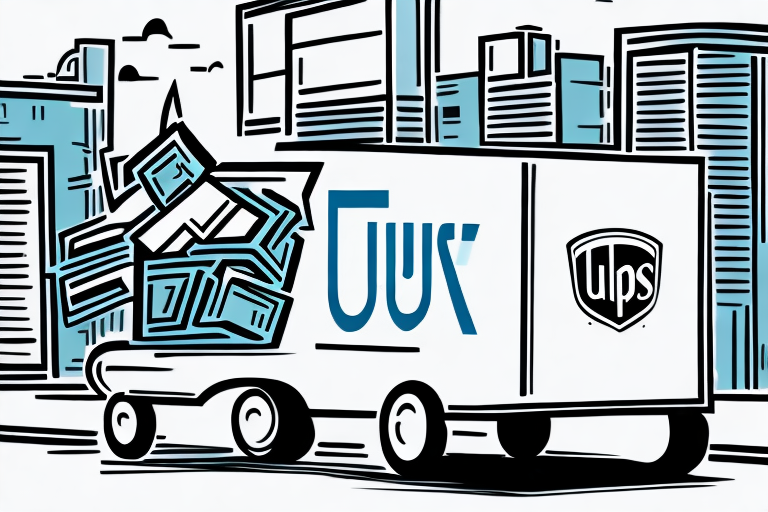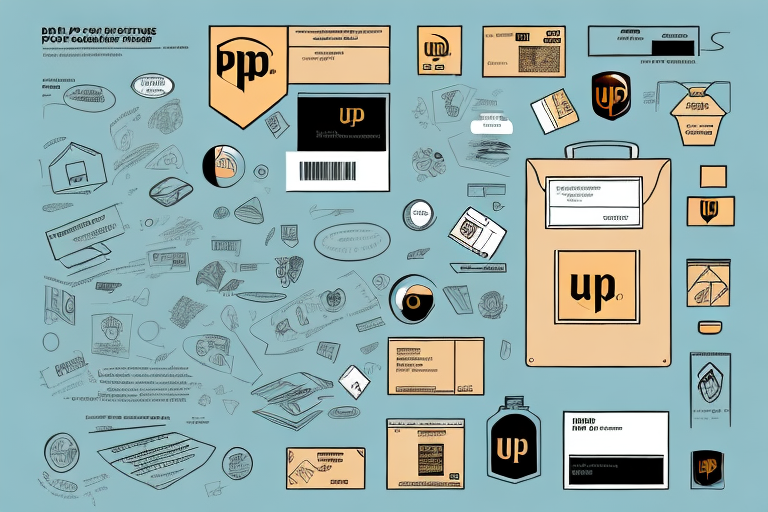Understanding FedEx's Maximum Insurance Coverage for Shipments
Shipping valuable items can be a risky and nerve-wracking experience. There's always a concern about damage, loss, or theft during transit. To secure your peace of mind, FedEx offers insurance coverage for their shipments. In this article, we'll explore everything you need to know about their insurance policy, including maximum coverage, claim filing procedures, and the factors that influence coverage. Let's dive in.
The Importance of Insurance Coverage in Shipping
Protecting Against Financial Loss
Insurance coverage adds a crucial layer of protection, safeguarding you against financial loss in case of any mishap during transit. Whether you're a business or an individual shipping valuable goods, insurance ensures that you're not held liable for damages or losses, which can lead to significant financial consequences.
Building Trust with Customers
Offering insurance coverage demonstrates your commitment to the safety and security of your customers' goods. This not only helps in establishing a positive reputation but also encourages repeat business and referrals. Providing insurance coverage can be a valuable selling point for your services.
FedEx's Insurance Coverage: Comprehensive Overview
Coverage Limits and Eligibility
FedEx offers insurance coverage for both domestic and international shipments. The standard maximum coverage amount is $100,000 per package for most shipments. However, certain package types may have lower maximum coverage amounts. It's important to note that FedEx's insurance does not cover items prohibited by law or the carrier, including cash, drugs, and hazardous materials. Additionally, high-value items like antiques, artwork, and jewelry may have limited coverage, so consulting FedEx for specific details is advisable.
Opting for Insurance Coverage
FedEx's insurance is not automatically included in the shipping cost. Customers must opt-in and pay an additional fee, which varies based on the package's value and destination. Declared Value Coverage allows customers to declare the package's value and pay a fee accordingly, providing coverage up to the declared amount.
Filing a FedEx Insurance Claim
Claim Filing Process
In the event of a lost or damaged package, customers must file a claim within specific timeframes: 60 days for domestic shipments and 21 days for international shipments from the shipment or delivery date, respectively. Required documentation includes proof of the package's value and evidence of damage or loss. FedEx will then investigate the claim and provide compensation based on the coverage and submitted evidence.
Appealing a Claim Decision
If a claim is denied or the compensation is unsatisfactory, customers can appeal the decision by providing additional evidence or information. For significant shipment values, seeking legal advice may be necessary to resolve disputes effectively.
Determining the Right Insurance Coverage for Your Shipments
Assessing Shipment Value
The appropriate insurance coverage depends on the total value of your shipment, including the cost of goods, packaging, and freight charges. Accurately calculating this ensures that you select adequate coverage, preventing underinsurance that could result in insufficient compensation.
Considering Destination Risks
Shipping to locations with higher risks of theft or damage may necessitate higher coverage amounts. Additionally, international shipments require awareness of specific insurance requirements for destination countries to ensure compliance and adequate protection.
Factors Influencing FedEx's Maximum Insurance Coverage
Type of Shipment and Shipping Method
The maximum insurance coverage varies based on the shipment type and chosen shipping method. For example, FedEx Ground shipments may have lower coverage limits compared to FedEx Express. Additionally, the size and weight of the package can impact the maximum coverage amount.
Origin and Destination Countries
International shipments to certain countries might have different coverage limits based on regional regulations and risks. It's essential to verify the maximum insurance coverage offered for specific origin and destination pairs with FedEx.
Covered and Excluded Items in FedEx's Insurance Policy
Items Generally Covered
FedEx's insurance covers most shipments, including electronics, clothing, and non-prohibited items. High-value items such as jewelry and precious metals are covered but may require additional documentation and verification.
Items Excluded from Coverage
Excluded items include cash, animals, antiques, fine art, currency, and any items that are prohibited by law or the carrier. Fragile or perishable items have limited coverage and must have accurately declared values to qualify for insurance.
Pros and Cons of Using FedEx's Insurance Coverage
Advantages
- Convenient and easily addable during shipment scheduling.
- Cost-effective for securing shipments against loss or damage.
- Provides peace of mind for both sender and receiver.
Disadvantages
- Coverage may be insufficient for very high-value items, necessitating additional insurance.
- The claim process can be time-consuming, with compensation not always meeting expectations.
- Exclusions for certain types of damage or improper packaging.
Alternatives to FedEx's Insurance Coverage
Third-Party Insurance Providers
Third-party insurers offer flexible coverage options, including all-risk coverage that protects against various types of damage or loss during transit. They provide customizable coverage amounts and deductibles to suit specific needs.
Standalone Cargo Insurance
Standalone cargo insurance policies are designed specifically for cargo during transit, offering higher coverage limits and comprehensive protection against natural disasters, theft, and other unforeseen events.
Best Practices for Safe and Secure Shipping
Proper Packaging
Use sturdy boxes, bubble wrap, and packing peanuts to protect your items. Fragile items should be individually wrapped and clearly marked to prevent mishandling.
Accurate Labeling and Documentation
Ensure packages are labeled with correct addresses and contact information. Accurate documentation of the item's value is crucial for insurance claims.
Choosing Reliable Carriers
Select carriers with strong track records for safety and reliability. Tracking shipments allows you to monitor their progress and ensures timely delivery.
Understanding Shipping Restrictions
Be aware of any shipping restrictions or regulations, such as prohibitions on hazardous materials or perishable goods. Complying with all regulations helps avoid delays and penalties.
Conclusion
FedEx's insurance coverage provides a reliable option to secure your shipments against loss or damage. By understanding the coverage limits, filing procedures, and factors influencing insurance, you can make informed decisions to protect your valuable goods. Additionally, considering alternatives and implementing best practices for safe shipping ensures a stress-free and secure shipping experience. Always assess the value and risks associated with your shipments to determine the most appropriate insurance coverage.








